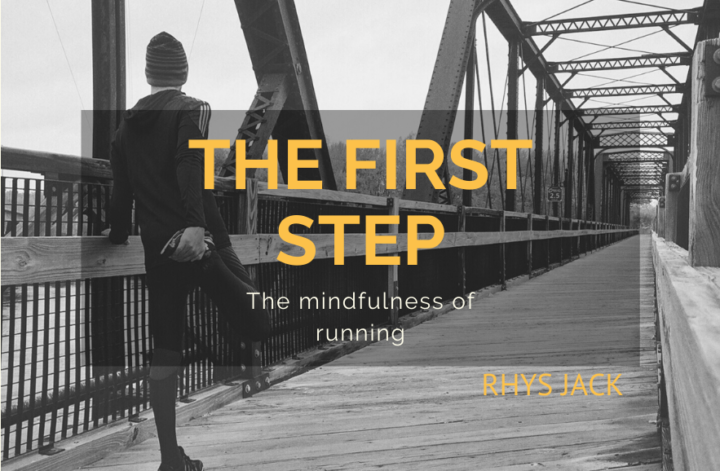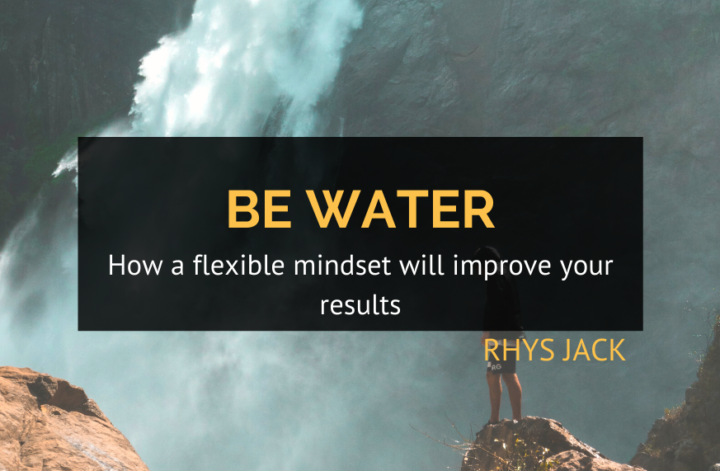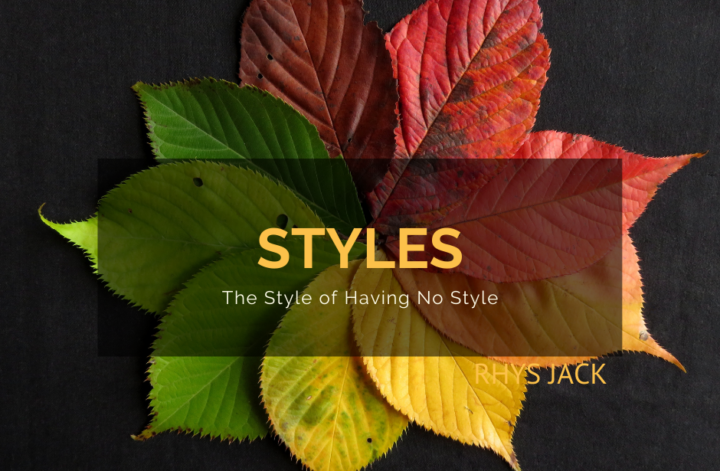As humans, we are always moving and in the process of ‘doing’.
We work, learn, create, build and hopefully improve ourselves as we move from one thing to the next throughout our lives.
We move as a system of processes, and what we create or experience is a reflection of how well those processes work.
But how do we make sure our ‘doing’ is getting us moving toward where we really want to go in life?
Our time is limited, and, with the amount we have there is only so much that we can do, accomplish and experience.
So we want to make sure we are resourceful with what we have, and that the systems we use are working effectively for us.
Sometimes we experience days which stay with us for a long time. We have a breakthrough or a moment of realisation, accomplishment or inspiration which shifts our lives dramatically.
These moments often happen within a very short space of time. It’s only a small fraction of days in our lives that we can say we experienced a monumental breakthrough like this. So, what do we do with the rest of our time?
Can we use it so that we experience more of these breakthrough moments in the time we have?
The concept of Kaizen is a Japanese term meaning ‘continuous improvement’ or ‘change for the better’.
It’s a philosophy that is used a lot in business to improve systems by investigating processes and testing new ways to improve the outcomes and products of those processes.
This philosophy can also be applied to our lives and goals so that we are making the most of our resources (time) and our systems (what with do with our time) and know that we are making continual progress toward our purpose.
Systems Kaizen and Process Kaizen
Kaizen can be applied broadly to two areas; systems and processes.
When we look at applying continuous improvement to a system, we look at it from a high level.
System Kaizen looks at the overall ‘big picture’ items in our life, how they working together and what we could add or remove to align us closer with what we value.
For example, we may be focussing too much of our time in one area of life, while neglecting another. This could be in any area of our life. It could be our physical health, career, family, friends, finances, spiritual health or mindset that we feel is either taking up too much time or not receiving enough time.
Once the system components are identified we can then look at how they are functioning, and what could be added, improved or removed from the overall system.
That could mean finding ways to increase time with our family while reducing hours at the office or reducing social time on the weekend to instead work on our business.
It means understanding the things we value in our lives so that we can prioritise them and dedicate more time to the things we do value, which bring us closer to our purpose.
When applied to processes, we look at the smaller sub-activities that can be improved within the overall system. This means analysing the components of what we want to improve at a micro-level.
For example, It could mean finding ways to improve our time management processes e.g; the way we handle our emails or book our appointments, so that we create more time to see our family or go to the gym and work out.
It could mean outsourcing a process altogether so that we can replace that time with another activity that has a greater priority to our lives.
The focus is on removing or adjusting the processes that don’t serve the whole system effectively and finding ways to improve the ones that do so that they serve a greater goal and purpose.
Once we identify and test the changes we make, we analyse how effective they are and adopt the ones which work.
Then the process begins again. This loop is ongoing and has four main components. Plan, do, check & act.
Planning
Planning requires we identify a need, come up with ideas to solve it, and develop ways to implement them.
In my life I’m looking to apply this right now to improve the way I find creative ‘purpose’, meaning I am creating a system that allows me to generate a creative output with my time.
Within that system, I have a series of processes. These include things like Jiu-Jitsu, writing, meditation and diet that contribute to the whole of what I do and produce.
To improve the total system, I look to identify an area that could be improved, find ideas and develop a plan to test and implement them.
I’ve recently identified mobility and flexibility as an area that I would like to improve. Movement and flexibility are necessary for what I do in training and for general wellbeing, but in the past, I haven’t been able to find something that I’ve prioritised or stuck to consistently.
I was inspired recently when I was watching a movement teacher named Ido Portal and saw the work he had been doing with athletes, particularly in Jiu-Jitsu and martial arts.
Listening to him talk I realised that movement and flexibility are closely linked to creativity and brain development.
So I decided his particular philosophy of movement was something I’d like to test out and incorporate into my life.
When we plan to bring new processes into our system, they must be linked to our overall goals and broken down into smaller manageable steps. That way we prioritise them and see the next small step easily without becoming overawed.
The appeal to me of doing the mobility work I saw Ido Portal showing was that it could also benefit creativity and flow which is aligned with my sense of purpose, rather than just making time to do traditional stretches every day or do something that wasn’t really enjoyable.
Doing
Once you identify the process or part of the system you would like to add, it’s time to test out the ideas.
In the movement example above. I set aside some time in the mornings to go outside and try the stretches and movements I’d seen. Most of these were movements I’d used before in warm up’s for Jiu-jitsu; like rolling, and bear walks, but I’d never thought of adding them to a morning routine or as a warm-up for my creativity until now.
It was an interesting feeling to be testing and applying these for the purpose of improving mobility, flow and creativity. It was enjoyable to be able to do whatever I felt needed to be moved or stretched and I felt very relaxed and loose afterwards, rather than seeing the process as just another thing that had to be done as part of a warm up or cool down.
Checking
Once you’ve tested the new process, idea, or addition to the system, you can assess whether it worked or not.
For me, the feeling of being able to do the movements I wanted, to think creatively of different warm-up exercises, to link it with my Jiu-Jitsu, writing and creativity, the feeling of being mentally and physically relaxed and loose afterwards and also being outside in the morning all combined into a very positive experience.
It’s something I’m going to incorporate into my routine now as well as continuing to learn more about how movement is related to the mind and creativity.
Acting
Once you’ve assessed the feedback, it then becomes a process of implementing this new process into your system and building on it to find new ways to align it even closer to your goals and purpose.
This way the whole process begins again as you begin to identify and plan new ideas for improvements.
For me, I could look to improve the process by trying it at a beach or using different equipment like broomsticks or tennis balls, all ideas to try to link the process back into the overall goal of improving purpose
If the new ideas don’t improve the system, then I replace them or find new processes that work better.
Continuous improvement is a philosophy able to be applied to any area of life.
It’s about being aware of the whole system but also making the small moments count. Looking for the 0.1% improvements that stack up daily, bringing you toward a system that fulfils your purpose.
For an intro into the movement work and philosophy of Ido Portal, check out the below video.



